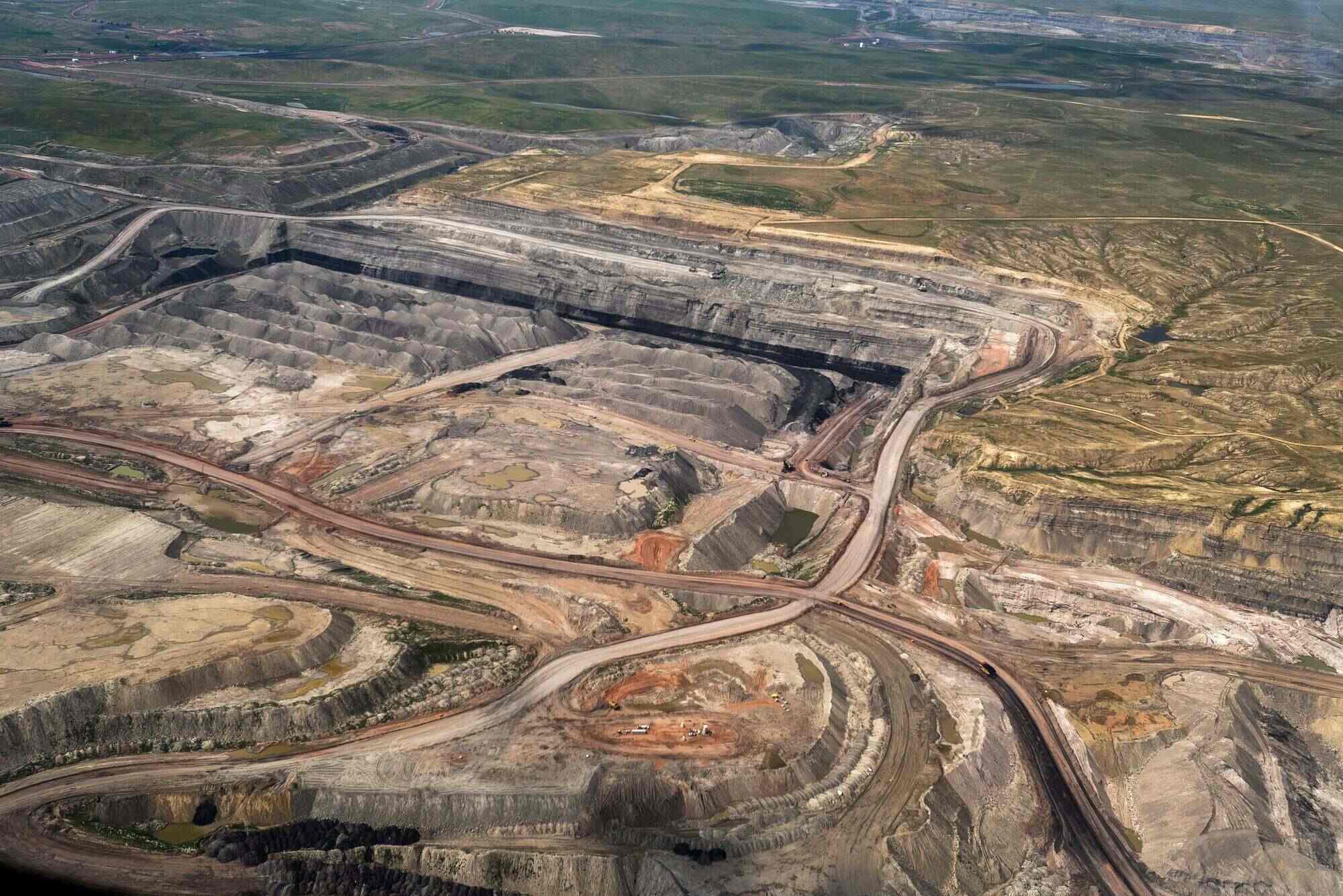Hidden Trading Posts Of Wyoming’s Powder River Basin

Have you ever wondered about the hidden gems tucked away in Wyoming's Powder River Basin? This area, known for its vast landscapes and rich history, holds secrets waiting to be uncovered. Trading posts in this region played a crucial role in the lives of early settlers and Native Americans. These posts were more than just places to exchange goods; they were hubs of culture and community. Imagine stepping back in time to a place where stories were shared, deals were made, and lives were intertwined. Ready to learn more about these fascinating spots? Let's dive into the history and significance of Wyoming's hidden trading posts.
Hidden Trading Posts of Wyoming's Powder River Basin
Wyoming's Powder River Basin is a treasure chest of history and culture. Nestled between the Big Horn Mountains and the Black Hills, this region has been a hub for traders, trappers, and explorers. Let's uncover some hidden trading posts that tell the story of this fascinating area.
1. Fort Phil Kearny
Fort Phil Kearny, established in 1866, served as a key military outpost during the Indian Wars. Located near present-day Buffalo, Wyoming, it was a bustling center for trade and military operations. Visitors can explore the reconstructed fort and learn about its storied past through exhibits and guided tours.
2. Fort Reno
Fort Reno, built in 1865, played a crucial role in protecting the Bozeman Trail. Situated near the Powder River, it was a vital trading post for settlers and Native Americans. Though only ruins remain, the site offers a glimpse into the challenges and triumphs of frontier life.
3. Fort Fetterman
Fort Fetterman, established in 1867, was a strategic military post and trading center. Located near Douglas, Wyoming, it served as a supply depot for expeditions into the Powder River Basin. Today, visitors can explore the fort's remnants and visit the museum to learn about its historical significance.
4. Fort Caspar
Fort Caspar, originally a trading post known as Platte Bridge Station, became a military fort in 1862. Situated near Casper, Wyoming, it was a key supply point for travelers on the Oregon Trail. The reconstructed fort and museum offer a rich experience of the area's trading history.
5. Fort Laramie
Fort Laramie, established in 1834, is one of the most famous trading posts in the region. Located at the confluence of the Laramie and North Platte Rivers, it was a major hub for fur traders, missionaries, and pioneers. The well-preserved site provides a deep dive into the lives of those who passed through its gates.
6. Fort Bridger
Fort Bridger, founded in 1843 by mountain man Jim Bridger, was a crucial resupply point for westward-bound emigrants. Located in southwestern Wyoming, it later became a military post. The site features reconstructed buildings and a museum that highlights its role in the westward expansion.
7. Fort Sanders
Fort Sanders, established in 1866 near Laramie, Wyoming, was a key military and trading post. It protected the Overland Trail and served as a supply depot. Though little remains of the original fort, the site is marked by historical plaques that tell its story.
8. Fort McKinney
Fort McKinney, built in 1877 near Buffalo, Wyoming, was a military post that also served as a trading center. It played a significant role during the Indian Wars and in the settlement of the region. Visitors can explore the site and learn about its impact on local history.
9. Fort Washakie
Fort Washakie, established in 1871 on the Wind River Reservation, was a key trading post for the Shoshone and Arapaho tribes. It later became a military post and played a role in the Indian Wars. The site offers a unique perspective on the interactions between Native Americans and settlers.
10. Fort Bonneville
Fort Bonneville, also known as Bonneville's Folly, was established in 1832 by Captain Benjamin Bonneville. Located near present-day Pinedale, Wyoming, it was intended as a fur trading post. Though it was short-lived, the site remains a testament to the early fur trade era.
11. Fort Supply
Fort Supply, established in 1868 near the Powder River, served as a supply depot for military operations. It was also a trading post for settlers and Native Americans. The site, though largely in ruins, offers a glimpse into the logistical challenges of frontier life.
Discovering Wyoming's Hidden Gems
Wyoming's Powder River Basin offers more than meets the eye. Hidden trading posts like Fort Reno, Fort Phil Kearny, and Fort Fetterman provide a glimpse into the past. These spots are rich in history, telling stories of pioneers, Native Americans, and early traders. Visiting these locations isn't just about seeing old buildings; it's about stepping into a different time. The landscape itself, with its rolling hills and wide-open spaces, adds to the experience. Whether you're a history buff or just love exploring new places, these hidden gems are worth the trip. They offer a unique way to connect with Wyoming's heritage. So next time you're in the area, take a detour to these trading posts. You'll leave with a deeper appreciation for the history and beauty of the Powder River Basin.

